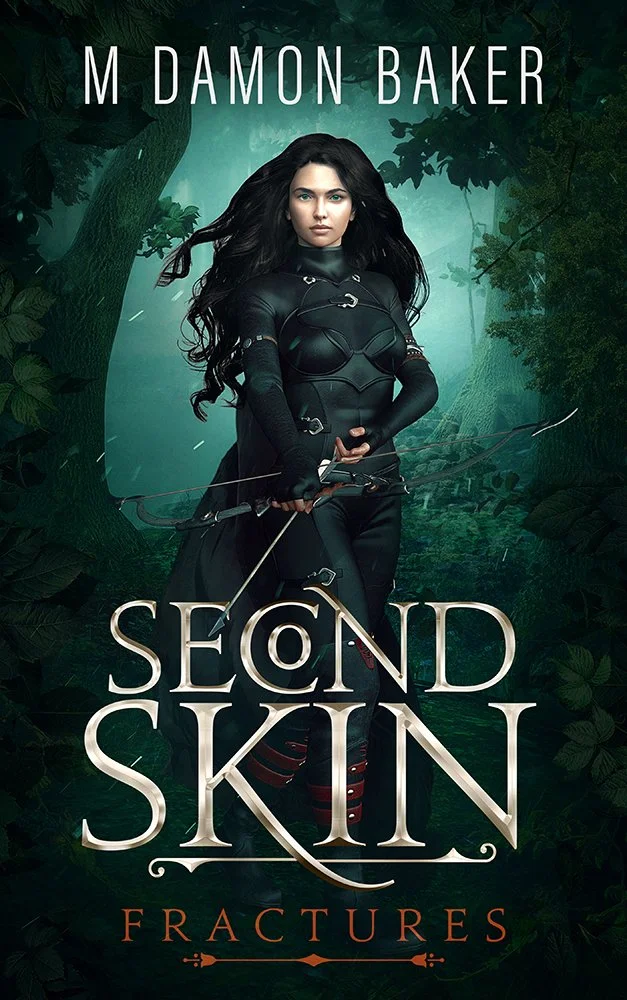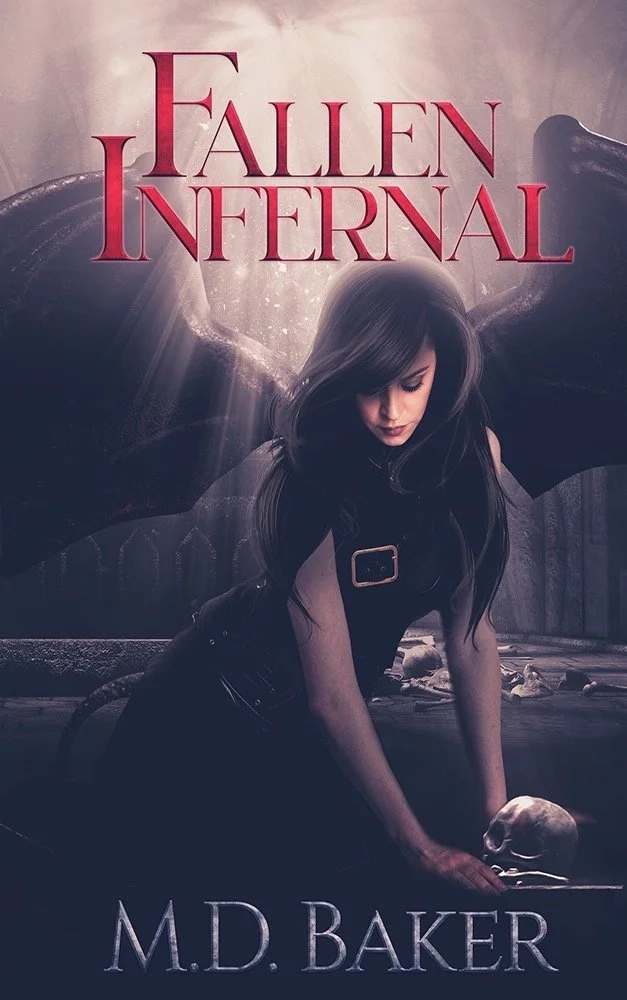
Create. Refine. Shine.
Worried your story isn't hitting the mark? We perfect your prose, ensuring your narrative is clear, coherent, and captivating—and then we help you self-publish it.
Full-Stack Self-Publishing Services
Developmental Editing
$0.02/word
Focuses on the big picture elements of your manuscript, such as plot, character development, and structure, to ensure your story is cohesive and engaging. We provide detailed feedback to help you strengthen your narrative.
Copyediting/Line Editing
$0.018/word
Improves the clarity, flow, and style of your writing by addressing sentence structure, word choice, and overall readability. Our editors ensure your voice remains authentic while enhancing the text.
Proofreading
$0.009/word
Identifies and corrects typos, grammatical errors, and inconsistencies to ensure your manuscript is polished and error-free. This final check guarantees your work is ready for publication.
Interior Formatting
$200
Creates a visually appealing layout for your book's interior, ensuring it meets industry standards for print or digital formats. We handle all technical aspects to enhance the reading experience and reflect the essence of your story.
Audiobook Narration
Price varies
Provides professional narration to bring your story to life, offering an immersive experience for listeners. We connect you with skilled narrators who match your book's tone and style.
Cover Art
Price varies
Eye-catching covers that accurately represent your book's genre and theme, attracting potential readers. We connect you with professional cover artists who capture the essence of your story.
Previous Projects

Affiliations
Thoth Editing is proud to partner with:
“Casey runs a great editing service, and Thoth Editing gets the work done on time. I recommend them highly for your editing needs. Casey is easy to work with, honest, and very straightforward.” - Ben Leavens
Casey and her team are very thorough! The editing of my first book was a smooth and easy process and we are now underway with book 2. I plan to continue to use them for all of my future books. - Ambernique Leggett
“Casey runs a great editing service, and Thoth Editing gets the work done on time. I recommend them highly for your editing needs. Casey is easy to work with, honest, and very straightforward.” - Ben Leavens Casey and her team are very thorough! The editing of my first book was a smooth and easy process and we are now underway with book 2. I plan to continue to use them for all of my future books. - Ambernique Leggett
"Casey is extremely pleasant to work with! She’s with you every step of the way and makes sure that her edits are in line with your vision as an author. I would recommend her to review your writing 100%!" - Katherine Feissle
"Casey is extremely pleasant to work with! She’s with you every step of the way and makes sure that her edits are in line with your vision as an author. I would recommend her to review your writing 100%!" - Katherine Feissle
“I worked with Casey on a couple of pieces for submission to the anthology. I had an amazing experience. Very friendly, yet very professional and thorough edit. Highly recommended. I'm looking forward to working with Casey again.” - Inna Lyon
“I worked with Casey on the second edition of my novel, Chronicles of Everfall, Shadow of the Conqueror, and it was a delight. Casey is truly excellent, meticulous attention to detail and the best collaborative feedback I’ve had the privilege of experiencing. 10 out of 10, highly recommend.” - Shad Brooks
“I worked with Casey on a couple of pieces for submission to the anthology. I had an amazing experience. Very friendly, yet very professional and thorough edit. Highly recommended. I'm looking forward to working with Casey again.” - Inna Lyon “I worked with Casey on the second edition of my novel, Chronicles of Everfall, Shadow of the Conqueror, and it was a delight. Casey is truly excellent, meticulous attention to detail and the best collaborative feedback I’ve had the privilege of experiencing. 10 out of 10, highly recommend.” - Shad Brooks
Let’s work together
Interested in working together? Fill out some info and we will be in touch shortly! We can't wait to hear from you!



















